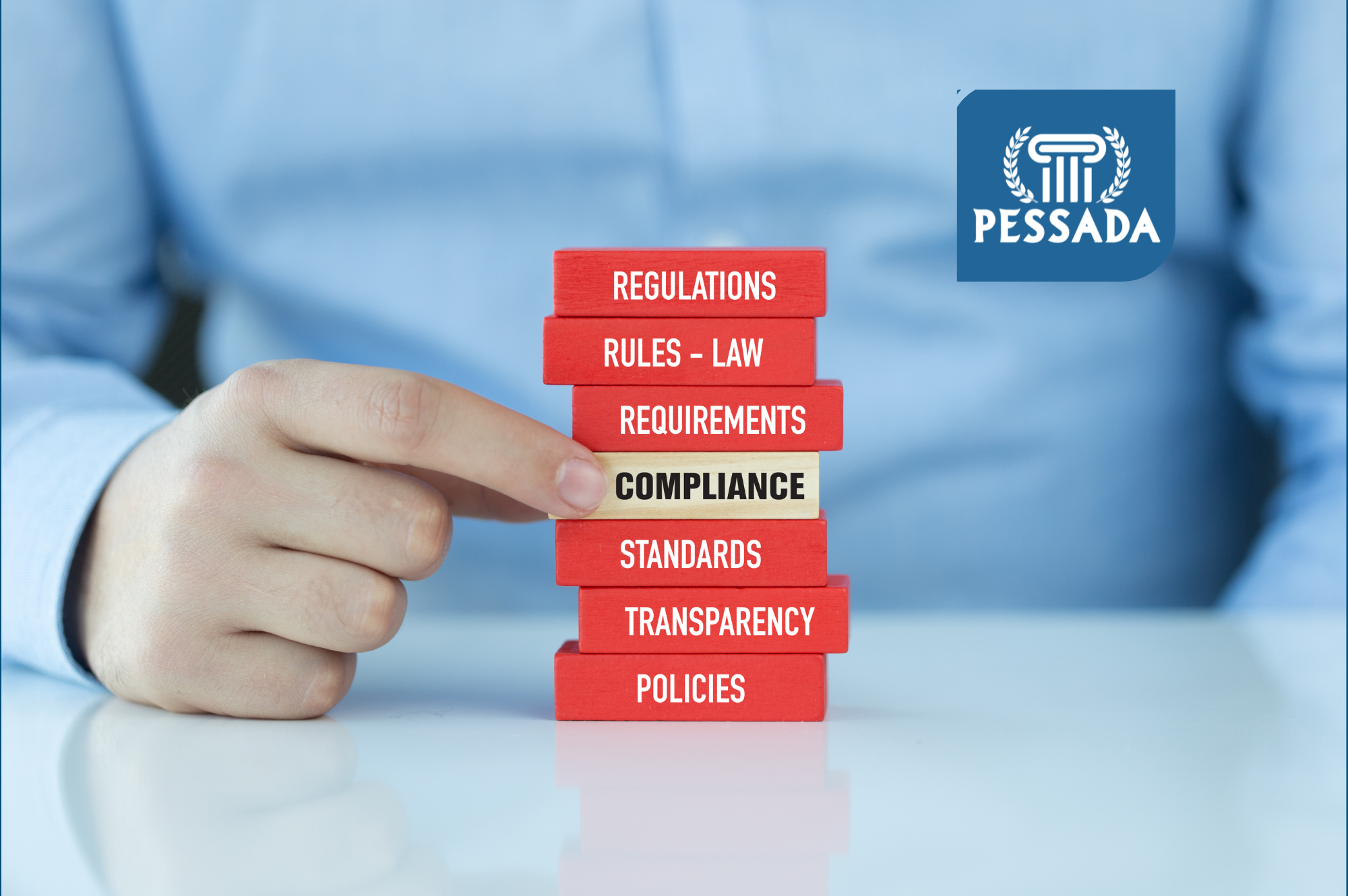What Is Turn Rate in Car Sales? How Fast Inventory Sells—And Why It Matters for Dealership Profits

Why Turn Rate Is the Hidden Key to Dealership Success
In today’s competitive auto retail environment, one metric quietly drives profits, cash flow, and operational efficiency: car dealership turn rate. Often overlooked by consumers but obsessively tracked by industry insiders, vehicle turn rate or car inventory turnover rate tells the story of how fast inventory moves off a dealer’s lot.
For dealership owners, general managers, and operations teams, understanding and optimizing this automotive inventory control metric can be the difference between consistent growth and financial strain. In this article, we’ll explore what turn rate really means, why it matters, how to calculate it, and strategies to improve it without sacrificing margin.
What Is Vehicle Turn Rate?
At its core, vehicle turn rate (also referred to as inventory turnover) measures how quickly a dealership sells through its inventory. It provides a snapshot of dealership health and operational efficiency by revealing how often the stock is being replenished over a given period.
Formula:
Turn Rate = Total Vehicles Sold ÷ Average Inventory
For example, if a dealership sells 90 vehicles in a month and has an average of 30 in stock, the monthly turn rate is 3.0. That means the entire inventory is turning over three times per month, a sign of a high-performing lot.
Why Is Turn Rate So Important for Car Dealerships?
High-performing dealerships track a range of car sales metrics, but inventory turn is one of the most actionable. Here’s why:
-
Cash Flow Impact: Vehicles that sit unsold tie up capital. Faster sales improve liquidity and reduce dependency on costly floor plan financing.
-
Floor Plan Interest Costs: Holding inventory longer increases floor plan interest cost, cutting into per-vehicle profitability.
-
Digital Visibility: Platforms like Autotrader and Cars.com prioritize fresh listings. High turn rate helps maintain online visibility.
-
Customer Trust: A dynamic, fast-moving lot signals value and trustworthiness to shoppers.
A Cox Automotive study found that high-performing dealerships in their network averaged 1.2–1.5 turns per month, leading to stronger financials and better CSI (Customer Satisfaction Index) scores.
What Is a Good Turn Rate for a Dealership?
Most experts agree that a good turn rate for car dealerships falls between 12 to 15 turns annually, or 1 to 1.25 per month. However, these numbers vary based on:
-
Inventory mix (new vs. used)
-
Market conditions
-
OEM allocations
-
Pricing strategy and reconditioning speed
According to NCM Associates, used car inventory often turns faster than new because of broader price ranges and higher demand for budget-friendly options.
How to Calculate Vehicle Turn Rate at a Dealership
To calculate car inventory turnover rate, use this simple formula:
Turn Rate = Number of Units Sold ÷ Average Inventory
Let’s say your store sold 120 vehicles in 60 days, and during that time, your inventory averaged 40 vehicles. Your turn rate would be:
120 ÷ 40 = 3.0
That means your dealership turns its inventory every 20 days, a strong sign of efficiency.
Pro Tip: Always use average inventory, not starting or ending figures. Use rolling monthly or quarterly averages for best accuracy.
The Difference Between Turn Rate and Sell-Through Rate
While often used interchangeably, turn rate and sell-through rate are different:
-
Turn rate measures how often the inventory replenishes.
-
Sell-through rate measures the percentage of inventory sold within a specific time frame.
Both are valuable dealership sales performance indicators, but turn rate gives a broader operational view.
Strategies to Improve Car Dealership Turn Rate
Here’s how successful dealerships boost their inventory management without discounting too aggressively:
1. Stock Smart, Not Just Deep
Leverage historical sales data to stock high-turn vehicles. Consider regional demand, seasonality, and reconditioning time.
2. Improve Time-to-Market
Every day a vehicle waits for recon, photos, or listing costs you money. Use streamlined processes to get vehicles online within 24–48 hours.
3. Dynamic Pricing Tools
Use market-based pricing tools like vAuto or LotPop to stay competitive while protecting margins.
4. Cross-Channel Promotions
List inventory across platforms (Google Vehicle Ads, Facebook Marketplace, etc.) to widen exposure.
5. Sales Staff Training
Educate staff on the connection between turn rate and pay plans—reward speed with precision.
Used vs. New Car Turn Rate: What’s the Difference?
Turn rates vary dramatically between new and used inventory:
-
Used cars tend to turn faster due to high consumer demand and more flexible pricing.
-
New cars are often constrained by OEM programs and allocation bottlenecks.
Tracking both separately allows for more effective automotive inventory control and strategy refinement.
How Seasonality Affects Turn Rate
Inventory turn isn’t static. It’s influenced by:
-
Tax refund season (Feb–April): High buyer activity = high turn.
-
Summer months: Travel needs drive family vehicle purchases.
-
Winter slowdowns: Can cause aging inventory if not planned for.
Smart dealerships adjust stocking and marketing campaigns around seasonal traffic patterns to maintain a consistent car inventory turnover rate.
Does a High Turn Rate Always Equal More Profit?
Not necessarily. While high turn rates are good for cash flow and visibility, selling too quickly at reduced gross can erode profits.
The goal is a balanced strategy: fast enough to reduce holding costs, but priced to protect margin. This is where tracking net profit per vehicle retailed (PVR) comes into play.
How Turn Rate Affects Floor Plan Interest Costs
Most dealers finance their inventory via floor plans, where interest accrues daily. The longer a car sits unsold, the more it costs. A high turn rate shortens the average time a vehicle is held, reducing interest expenses and increasing per-unit profitability.
According to Automotive News, dealerships with efficient turn rates reduce floor plan costs by up to 30% annually.
Link to Learn More:
👉 Visit the Pessada Education Center for more insights on dealership performance metrics, profit protection products, and fixed ops optimization strategies.
Final Thoughts: Why Turn Rate Deserves Your Full Attention
In the fast-evolving landscape of retail automotive, turn rate is more than a number, it’s a business lifeline. Dealerships that prioritize smart inventory control, pricing agility, and operational speed are better positioned to drive consistent profits and scale sustainably.
Whether you’re a single rooftop store or part of a growing group, understanding your dealership inventory turn is the first step toward boosting performance across sales, finance, and fixed ops.


